Why am I Gaining Weight Despite Diet and Exercise? │ QA
If you’re careful with your nutrition, working out weekly, and still experiencing problems with your weight, take a moment to read this QA.
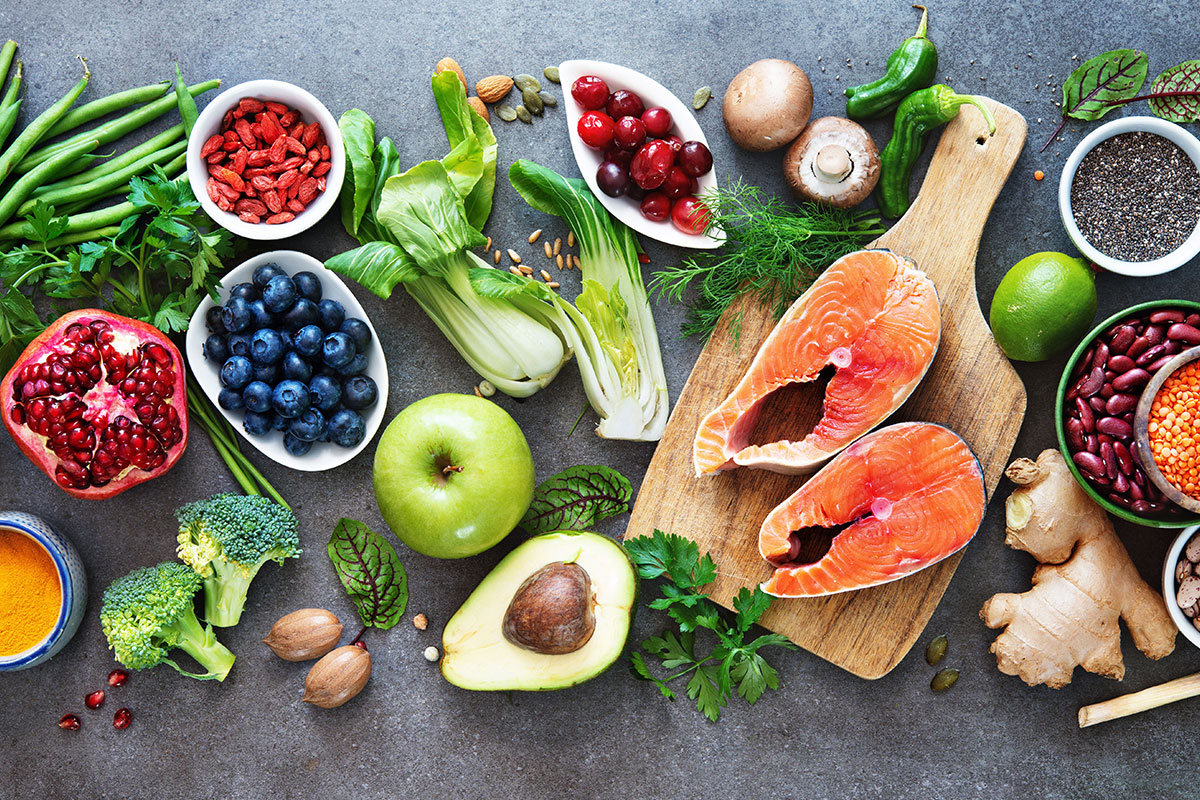

Hi, my name is Allison and I joined LA Fitness this summer. My very basic question is, what ARE the nutrient needs of a basic adult? (I’m female, 5’4″, 135 lbs. and trying to shed 5 -10 lbs., work out 3-4x/ week and walk on off days). I just want to know what the basic categories of things are a person needs. I’ve heard about nutrients being macros (fat protein carb) and micro (vitamins and minerals) but I’ve also heard nutritionists online say to get fiber and leafy greens and antioxidants and others say lots of veggies and lean meat – and I know they’re all related and many of them overlap- so I guess I’m just confused about what to seek out in my diet. Thank you SO much.
– Allison T.

Allison, based on your anthropometrics and level of exercise your daily nutrient needs may fall into the following ranges (provided for a 30-year-old woman):
Please see the Institute of Medicine’s Dietary Reference Intake tables for vitamins and minerals for your intake targets of 29 micronutrients. Antioxidant action is an important function of certain micronutrients and phytochemicals (beneficial compounds found in plants), so we call those antioxidants.
As far as basic nutrients, you just need to add one thing to your list of fat, protein, carbohydrate, vitamins, and minerals – water! It is a macronutrient since we need such large volumes of it. Since it doesn’t provide calories, water is not often regarded the same as the 3 energy-yielding macronutrients. Exact requirements are not specified by the Institute of Medicine’s Food and Nutrition Board, but the adequate intake of water is 3.7 liters per day for men and 2.7 liters per day for women, including beverages and water derived from solid food.
You can look at nutrient numbers specifically now and then, but to ease the confusion just focus on your dietary habits and overall consumption to obtain sources of those nutrients. What you should seek out in your diet are plant-based protein sources, raw produce of every color, the most wholesome grains, the leanest animal foods, and unsweetened beverages… in amounts that just satisfy you. Those recommendations can be suited to every culture and worldly food belief. Sounds a lot simpler to me!
– Debbie J., MS, RD
This article should not replace any exercise program or restrictions, any dietary supplements or restrictions, or any other medical recommendations from your primary care physician. Before starting any exercise program or diet, make sure it is approved by your doctor.
Some questions have been edited for length and/or clarity.
 Have a nutrition question? Our registered dietitian is ready to help!
Have a nutrition question? Our registered dietitian is ready to help!
Email nutrition@lafitness.com or submit your question below and it may be featured in an upcoming article!
If you’re careful with your nutrition, working out weekly, and still experiencing problems with your weight, take a moment to read this QA.
Blood sugar control isn’t easy. These are Debbie’s top recommendations for how to address weight control with Type II Diabetes.
It's easier to work hard when you’ve got a game plan. Here are some options to help keep you moving until the last second of your workout!

For people that love to work out but running around the block or hitting the elliptical aren’t their favorite activities, yoga and Pilates can be go-to exercise programs. Both programs take a gentler approach when toning the body and stress the importance of specific breathing patterns. Some fitness classes will combine the two activities, a hybrid of aerobic and non-aerobic exercises. But there is a difference in the way the two programs approach their objectives.
The biggest difference between yoga and Pilates is the spiritual element incorporated into yoga practices. Yoga brings the body and mind together with three main elements: exercise, breathing, and meditation. Structured, static poses are designed to put pressure on glandular systems, promoting overall body efficiency and total health. Yoga was originally designed as a path toward spiritual enlightenment but today has become popular as a gentle form of exercise and stress management.
Pilates was inspired by yoga, calisthenics, and ballet and was originally developed to help injured athletes and dancers. An emphasis is placed on the quality of posture in each exercise rather than the amount of reps. There are 500 Pilates exercises, each designed to put your body in an unstable posture and then challenging you by moving your limbs.There are two different types of Pilates: mat Pilates which consists of exercises performed on the floor using gravity to your body weight to provide resistance, and equipment-based Pilates which uses a spring-loaded machine that you push and pull along tracks. Dumbbell weights can be used in Pilates exercises as well for more resistance.
The lack of spirituality certainly doesn’t take away from the effectiveness of Pilates. Its main objective is core strengthening, requiring intense concentration and breathing techniques. Workouts tend to run in the 45-90-minute range, with 5-10 reps per exercise, incorporating precise ranges of motion, rhythm, and breathing. Like yoga, it can help improve muscular and postural strength, but because of the focus on the core has the added benefit of toning abdominals more quickly. Although it is more active than yoga, muscles are never worked to exhaustion and Pilates lengthens and stretches all of your major muscle groups in a balanced way.
Compare them yourself! LA Fitness offers both yoga and mat Pilates classes all week. Check out the schedule here.
Schedule a complimentary Pilates by LAF workout today!
Sources:


If you’re careful with your nutrition, working out weekly, and still experiencing problems with your weight, take a moment to read this QA.
Blood sugar control isn’t easy. These are Debbie’s top recommendations for how to address weight control with Type II Diabetes.
It's easier to work hard when you’ve got a game plan. Here are some options to help keep you moving until the last second of your workout!
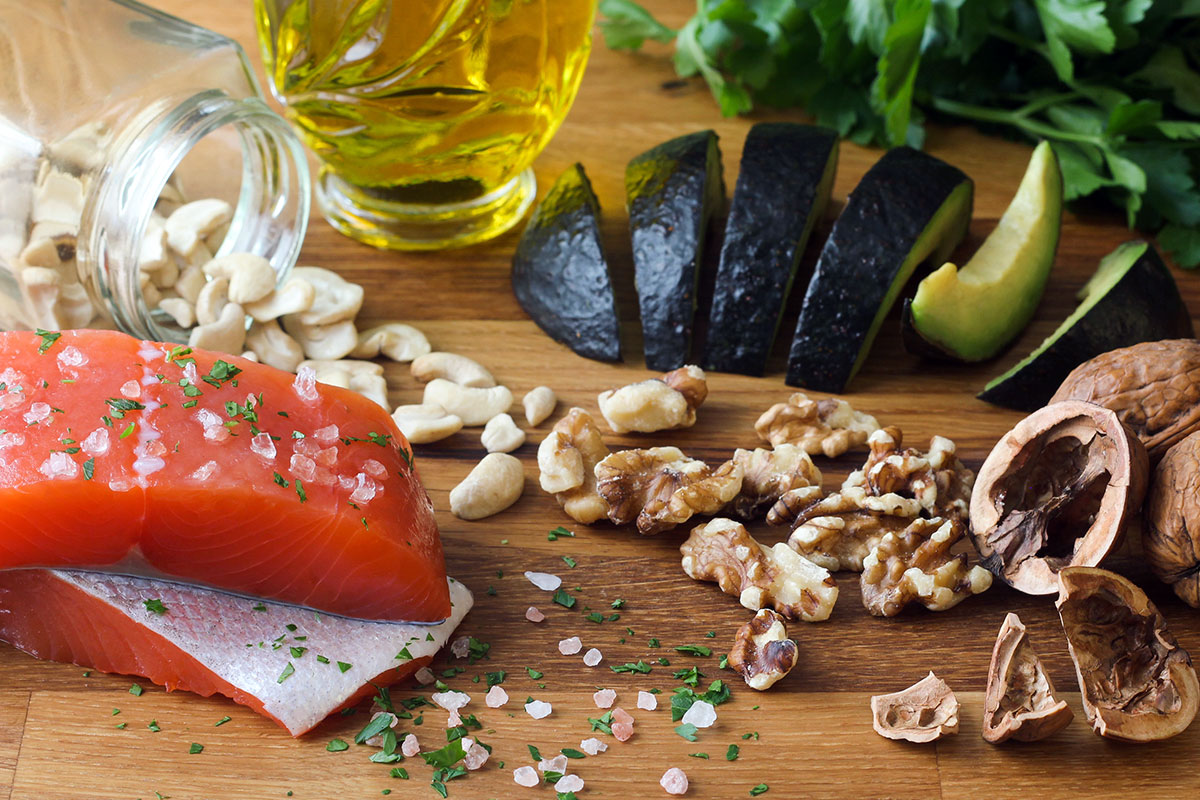

Hello. Both of my cholesterols are borderline, and my doctor and I agreed not to start on any medication. Instead, a low-carb, low-fat diet is what I’m looking forward to doing. What should I look for in food labels? Fat grams? Total fat? Carbs? Trans fat? There’s so much info. I’m confused. How much do I need of what? Thanks.
– Patricia D.

Hi Patricia! Exact nutrition targets would depend on your full lipid profile, so you should consider taking your lab results to a Registered Dietitian Nutritionist for a personalized prescription. You’re right that there is so much information – because it is such a complex situation with multiple factors. While I can’t clarify how much YOU need, I can explain which fats and carbs impact each lipid, and what are the major sources of those macronutrients.
TOTAL FAT – The daily reference value for total fat in a 2,000-calorie diet is 65 grams per day, representing a limit of 30% calories. Major sources are fried foods, animal products including dairy products, nuts, seeds, avocados, and olives. Oils and butter and pure fat. Some desserts and condiments are nearly all fat calories.
SATURATED FAT – The daily reference value for saturated fat in a 2,000-calorie diet is 20 grams, representing a limit of 10% calories. Saturated fat is the type which is solid at room temperature. Mainly from animal sources, palm and coconut. Major sources include cheese, butter, cream, ground beef, bacon, fatty cuts of meat and foods fried in lard or sautéed in butter.
TRANS FAT – Created during the hydrogenation of vegetable oils, this very harmful fat is found primarily in processed foods and animal products. No known safe amount. In 2015 the FDA stated, “…there is no longer a consensus among qualified experts that partially hydrogenated oils, which are the primary dietary source of industrially-produced trans fatty acids are generally recognized as safe (GRAS) for any use in human food.”
UNSATURATED FAT – Monounsaturated and polyunsaturated fats are liquid at room temperature and are predominantly found in plant foods. Avocados, olives, vegetable oils, nuts, and seeds are major sources.
OMEGA-3 FAT – A particular kind of polyunsaturated fat that is predominantly from mackerel, herring, tuna, salmon and trout. Notable sources include other fish and seafood, walnuts, flaxseed, and canola oil.
FIBER – The daily reference value for dietary fiber in a 2,000 calorie diet is 25 grams, representing a minimum of 1.5 grams per 100 calories. Soluble fibers are the type that directly help to reduce cholesterol. Major sources include oats, beans, peas, lentils, apples, pears, barley, and prunes.
REFINED CARBOHYDRATES – Albeit from natural sources, white flour and added sugars are not the same as their wholesome counterparts. Refined carbs include pastries, many cereals, flour tortillas, breading on fried foods, regular pasta, pretzels, and the ingredient maltodextrin. Added sugars should comprise no more than 10% calories according to the 2015 Dietary Guidelines for Americans. Added sugars can come from sugars (any kind; usually end in “ose”), syrups, glazes, honey, fruit juice concentrate, and molasses in products such as candy, desserts, soft drinks, and sweetened cereals.
ALCOHOL – A moderate consumption of ethanol-containing beverages means 1 drink per day for men and no more than 2 drinks per day for women. A serving size depends on the beverage’s alcohol percentage: 1.5 oz liquor (80 proof = 40% alcohol); 5 oz wine (12% alcohol); 12 fl oz beer (5% alcohol).
Sources:
American Heart Association
Web MD
Mayo Clinic
– Debbie J., MS, RD
This article should not replace any exercise program or restrictions, any dietary supplements or restrictions, or any other medical recommendations from your primary care physician. Before starting any exercise program or diet, make sure it is approved by your doctor.
Some questions have been edited for length and/or clarity.
 Have a nutrition question? Our registered dietitian is ready to help!
Have a nutrition question? Our registered dietitian is ready to help!
Email nutrition@lafitness.com or submit your question below and it may be featured in an upcoming article!
If you’re careful with your nutrition, working out weekly, and still experiencing problems with your weight, take a moment to read this QA.
Blood sugar control isn’t easy. These are Debbie’s top recommendations for how to address weight control with Type II Diabetes.
It's easier to work hard when you’ve got a game plan. Here are some options to help keep you moving until the last second of your workout!
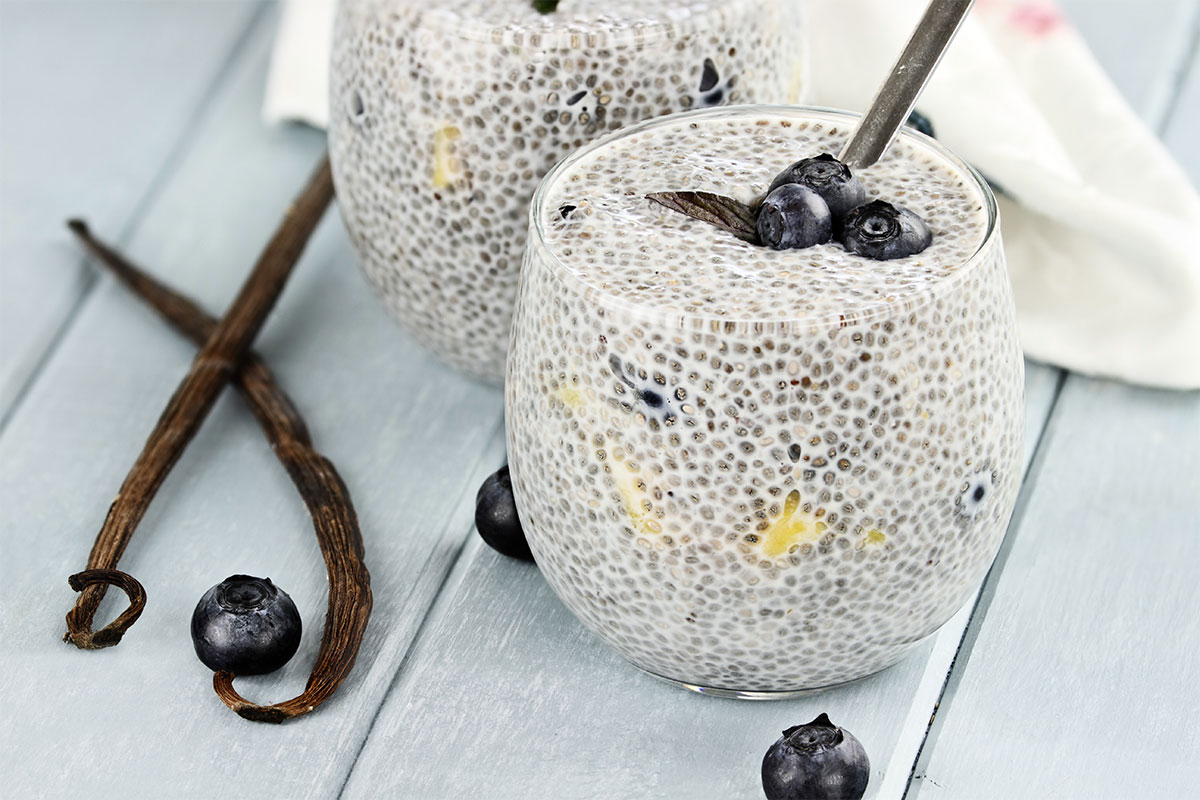

My question is about breakfast for vegans. I’m avoiding carbs, grains, gluten. I don’t eat bread, pasta, grains. What would you recommend for breakfast?
– Siposs V.

Think outside the breakfast box when it comes to morning meals with selective ingredients! You can adapt traditional breakfast foods by substituting for the grains or transform meals otherwise considered for lunch/dinner.
Some tasty options for a vegan grain-free breakfast include:
– Debbie J., MS, RD




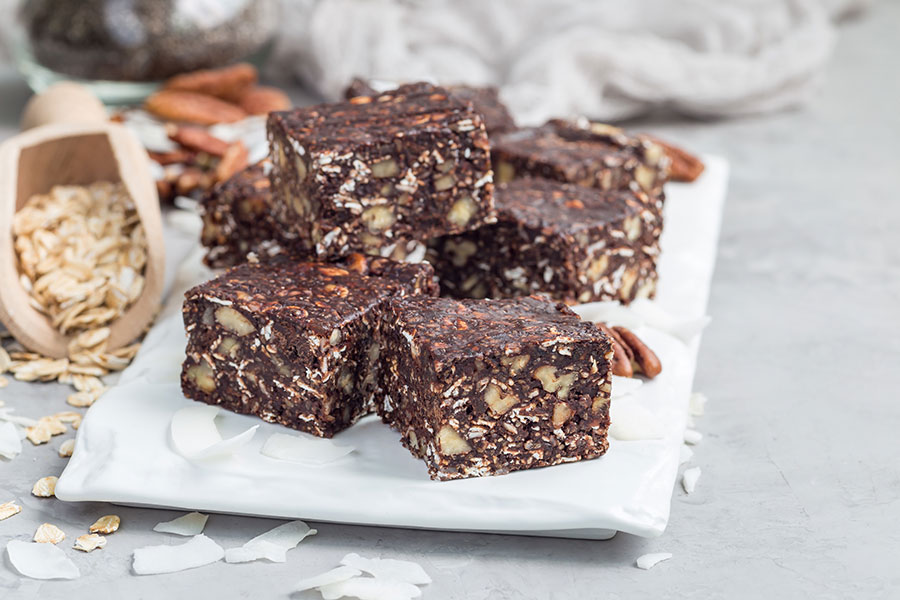
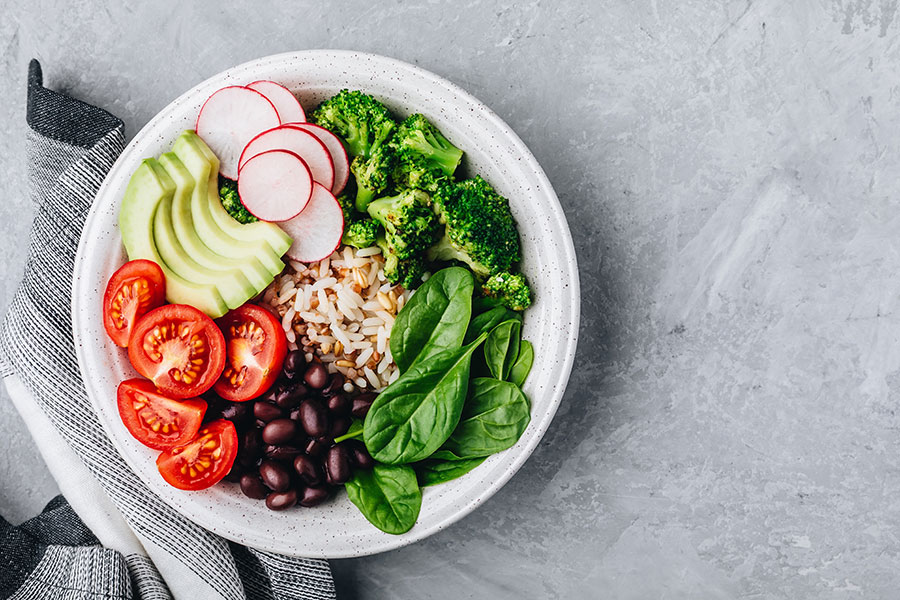
This article should not replace any exercise program or restrictions, any dietary supplements or restrictions, or any other medical recommendations from your primary care physician. Before starting any exercise program or diet, make sure it is approved by your doctor.
Some questions have been edited for length and/or clarity.
 Have a nutrition question? Our registered dietitian is ready to help!
Have a nutrition question? Our registered dietitian is ready to help!
Email nutrition@lafitness.com or submit your question below and it may be featured in an upcoming article!
If you’re careful with your nutrition, working out weekly, and still experiencing problems with your weight, take a moment to read this QA.
Blood sugar control isn’t easy. These are Debbie’s top recommendations for how to address weight control with Type II Diabetes.
It's easier to work hard when you’ve got a game plan. Here are some options to help keep you moving until the last second of your workout!
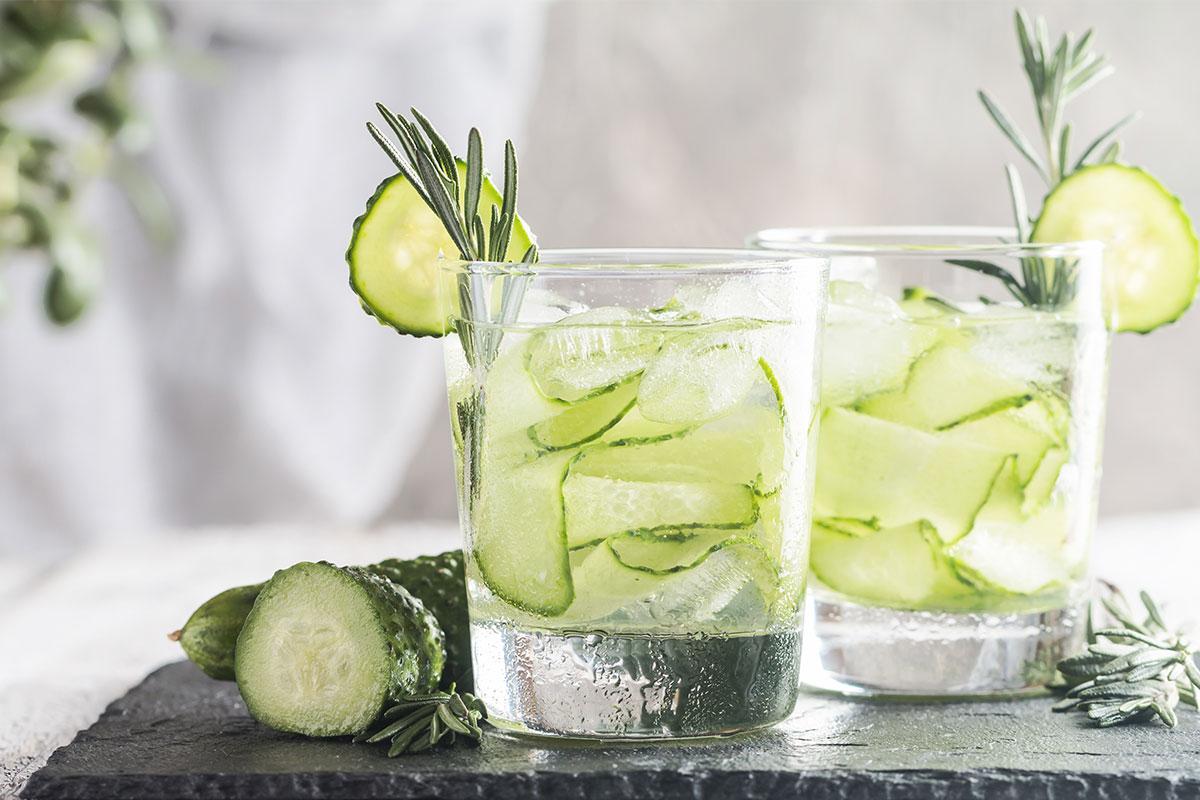

How can I stop retaining water? I am constantly bloated and cannot lose weight. What are some suggestions?
– Leslie

To stop retaining water, decrease bloat and reduce water weight I’d recommend three basic actions: limit higher sodium foods, hydrate well and avoid known gas-forming foods.
SODIUM
Sodium in salt and other preservatives makes the body hold water within tissues instead of inside cells where it should be. Cut back on pre-packaged foods (like frozen items and restaurant meals) and highly processed items (like condiments and engineered products). Potassium helps water get inside cells and stay there. Get plenty of potassium from good sources like avocado, winter squash, bananas, tomatoes, and potatoes.
HYDRATION
Your body may be less likely to hold onto water if there is plenty of it flowing freely. By drinking more fluids and eating water-filled foods, you may be less likely to retain water and more apt to flush out sodium, keep cells hydrated and achieve proper digestion. Watermelon and cucumbers are not only watery, they contain anti-inflammatory compounds to fight swelling. Sip on debloating teas made with mint or spices like cinnamon and ginger.
GAS PRODUCTION
Have smaller portions of gas forming foods that are cooked well. Chew them slowly & thoroughly. High fiber foods (like beans and broccoli), dairy products, and sorbitol – a sugar alcohol found in chewing gum and fruits (like apples, peaches, and pears) could all be bloated belly culprits.
– Debbie J., MS, RD
This article should not replace any exercise program or restrictions, any dietary supplements or restrictions, or any other medical recommendations from your primary care physician. Before starting any exercise program or diet, make sure it is approved by your doctor.
Some questions have been edited for length and/or clarity.
 Have a nutrition question? Our registered dietitian is ready to help!
Have a nutrition question? Our registered dietitian is ready to help!
Email nutrition@lafitness.com or submit your question below and it may be featured in an upcoming article!
If you’re careful with your nutrition, working out weekly, and still experiencing problems with your weight, take a moment to read this QA.
Blood sugar control isn’t easy. These are Debbie’s top recommendations for how to address weight control with Type II Diabetes.
It's easier to work hard when you’ve got a game plan. Here are some options to help keep you moving until the last second of your workout!
Be the first to know about exclusive
content, deals and promotions